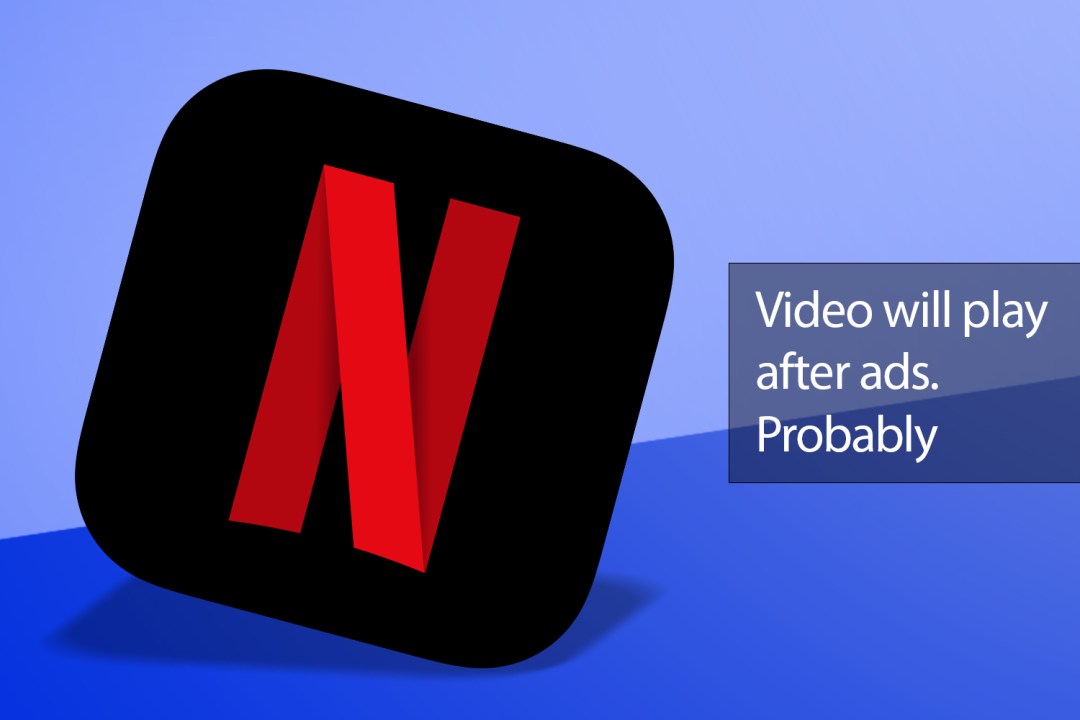TV adverts are a turn off, so why does Netflix think they’ll fix its woes?
The one where ‘Netflix and chill’ heads perilously close to becoming ‘Netflix and shill’

You like adverts, right? Let’s hope so, because they’re coming to Netflix – and probably every other streaming service.
It’s a curious thing. Half the point with the best streaming services is they dispense with the bad bits of traditional telly. You watch what you want, when you want to. Entire box-sets are there to gawp at until your eyes glaze over. There are no adverts to distract – nor even a need to prod a button to watch the next episode. Streaming services will auto-play them for you, forever, until you become one with your sofa.
But times change. Netflix is getting repeatedly punched in the face. It’s losing shows to networks keen to use them to prop up their own streaming services. It’s losing subscribers, which means it’s losing money. And, sadly, that also means it’s losing staff through layoffs and job cuts.
Netflix’s co-CEO Ted Sarandos thinks advertising is the answer. At a recent advertising conference, he warmly warbled that the company was losing a core market that thinks “Netflix is too expensive for me and I don’t mind advertising”. The company’s response is an upcoming ad-supported tier for people who say: “Hey, I want a lower price and I’ll watch ads.” Which, ironically, sounds more like something someone would say in an advert than in the real world.
Will it work? That depends. Netflix certainly won’t be alone. Disney+ has an ad-supported tier in the works, and Insider Intelligence recently revealed 28% of HBO Max subscribers go for the version with ads. In fact, according to the New York Times, Netflix recently told employees that every major streaming company – excluding Apple – already has or has announced an ad-supported service, because people want lower-priced options.
But what people want isn’t always what they need or should have. It’s important to remain sceptical when advertising is sold as beneficial and relevant – as you’ll be well aware of when staring at Amazon, trying for the tenth time to sell you the electric toothbrush you bought last week, and chasing you around the entire internet until you give in. Also, how ads will be presented is vital. Netflix would do well to steal the Disney+ plan – a maximum of four minutes per hour – and not subject children to ads, rather than clone YouTube’s hideous ads that abruptly appear without the slightest consideration for what you’re watching.
Speaking of what you’re watching, ads inevitably end up driving content on traditional TV. They might similarly impact Netflix, resulting in shows pandering to advertisers rather than caring foremost about the audience. And even Netflix’s key goal – growing its audience – isn’t a given. Sure, people like cheaper services and some put up with ads. But if existing subscribers downgrade to this new tier, Netflix might end up earning less rather than more; and to counter that risk, it might have the ad-funded tier replace the existing cheapest one, ‘forcing’ people to upgrade. At which point, they might ‘upgrade’ to not subscribing at all.
It all whiffs of the panic that’s arrived from an ongoing battle for people’s eyeballs. Not a literal one (well, yet), of course, but there is that feeling every online giant has again simultaneously realised people have finite time and money. User experiences and identity are becoming eroded, creating an online services landscape that’s a little less pleasant, a little more grey, a lot more homogenous, and increasingly full of the adverts we thought we’d once escaped from.
In the short term, this sounds pretty great for one group: advertisers. I’m not sure it’s so good for anyone else.
• Streaming TV services: stop being as awful as the tech you replaced



